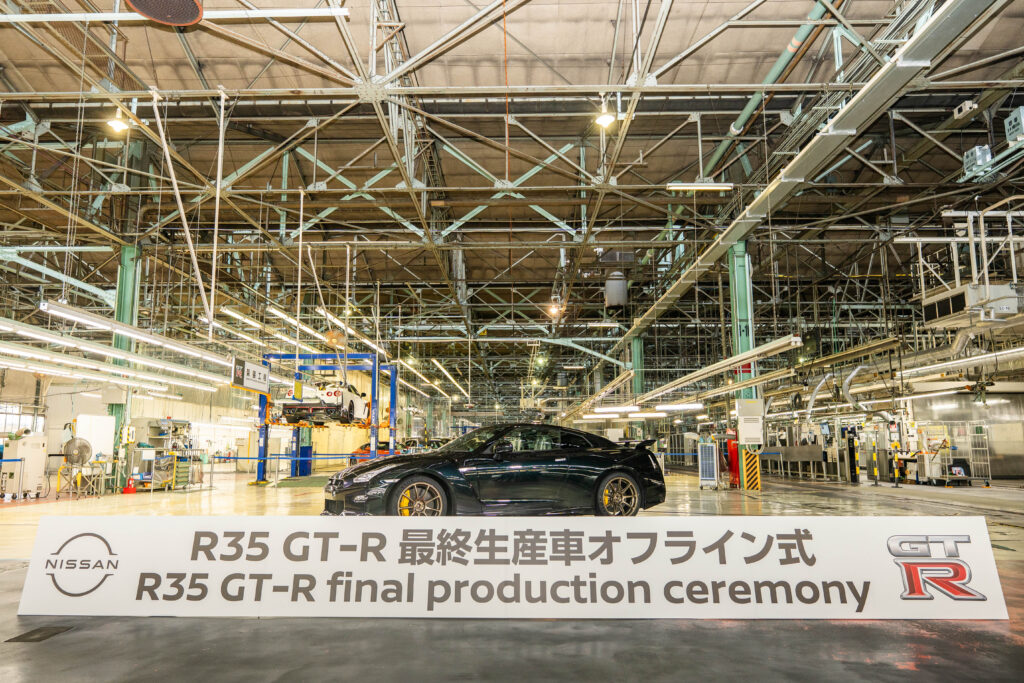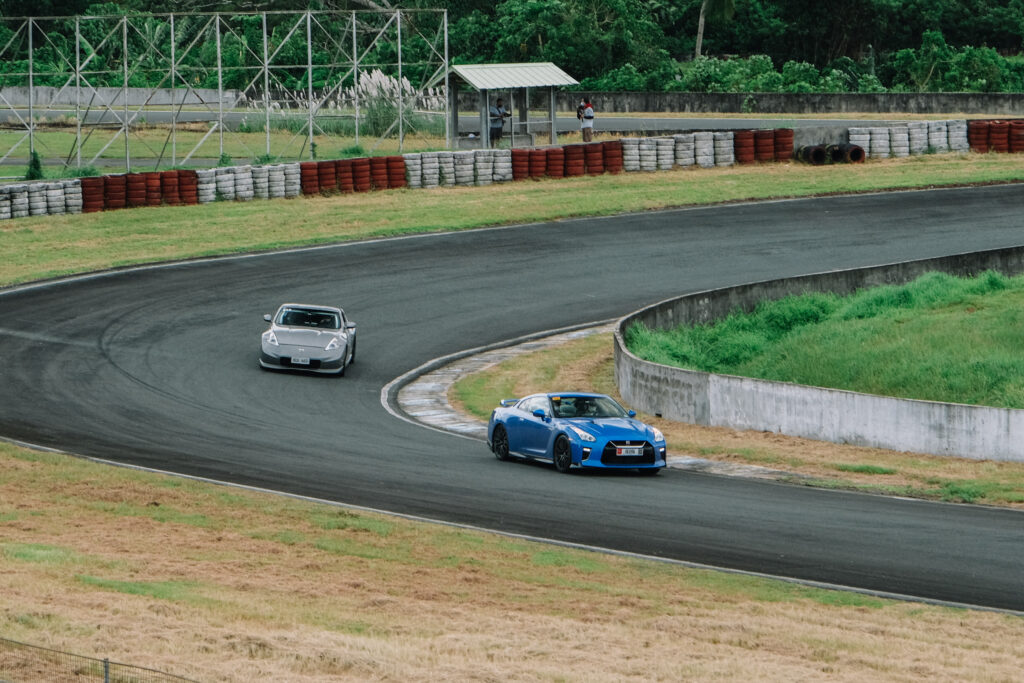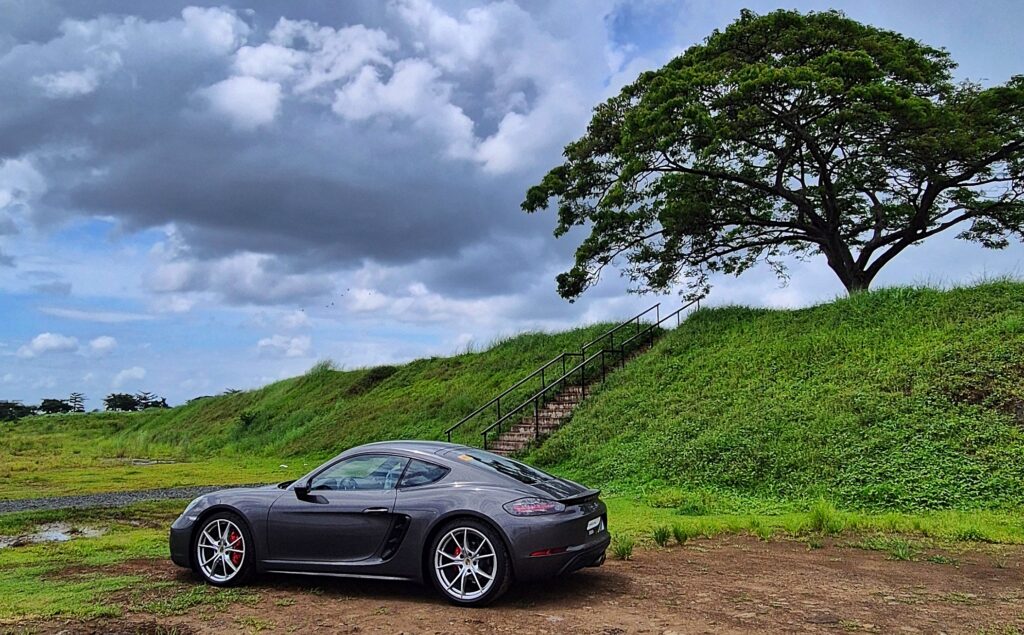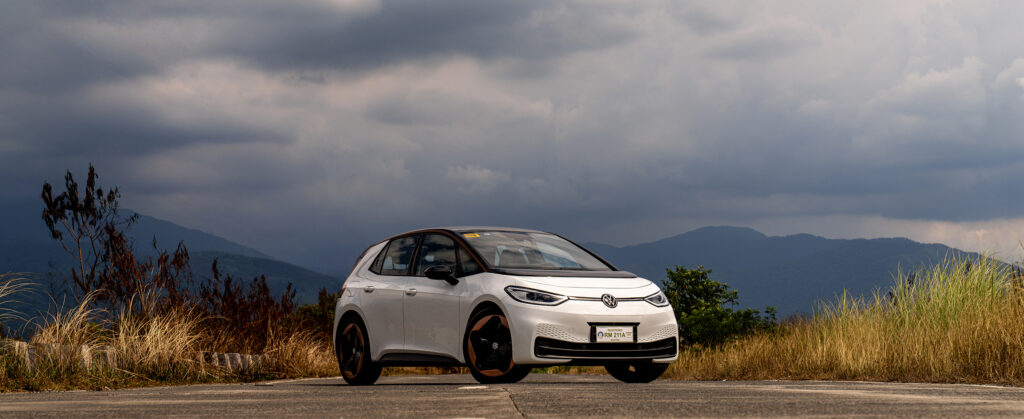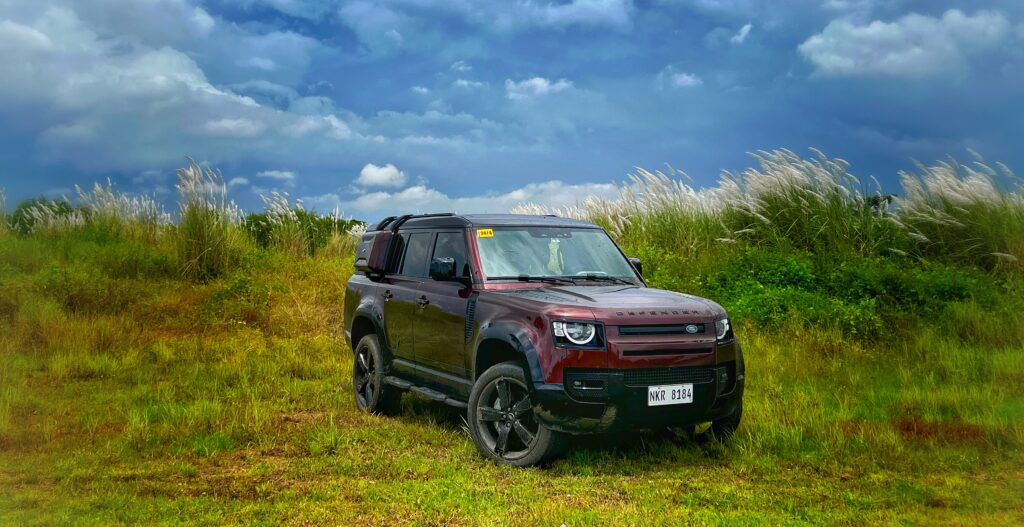Like friends and lovers, there are some cars you have a long-term relationship with, but never quite fully get it on.
For me, this is Nissan’s R35. I remember my first meeting with her.
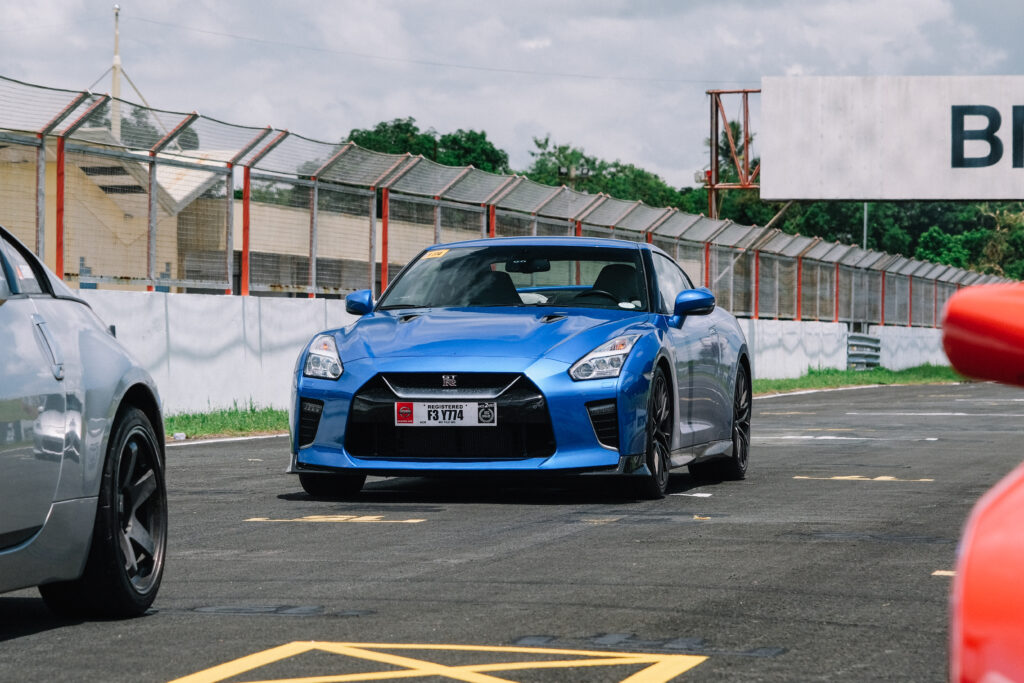
We went into an industrial building, led through a cold, dark maze that suddenly opened up to a large hall. A car was covered, the lights dim. Many people were milling about. Along the way, videos of the GTR Prototype lapping the infamous Nordschleife of the Nurburgring were playing as were interviews of key GTR personnel, including the Father of the R35 GTR, Kazutoshi Mizuno.
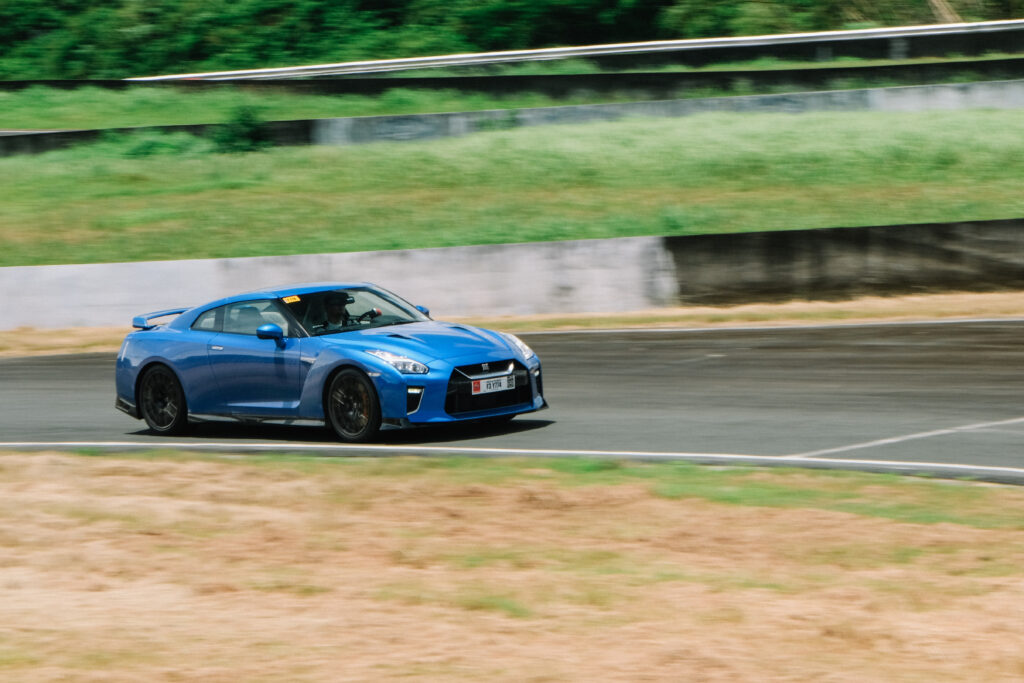
This was on the eve of the 2007 Tokyo Motor Show (now Japan Mobility Show). I was three years into being a so-called motoring journalist. We were guests of the previous Nissan importer. As the lights came on, the covers were pulled and the R35 GTR was finally unveiled in production form to the public. I was speechless. I had seen history unfold.
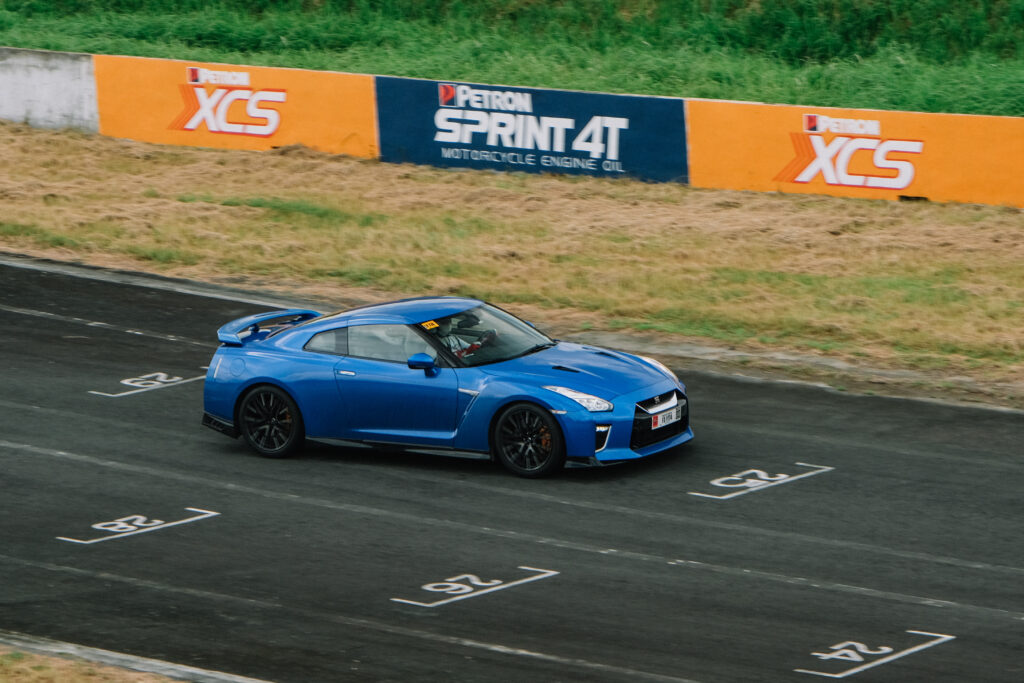
The following weekend, I visited Nissan’s former headquarters in Ginza, the famous red brick building. Inside the main reception were a trio of GTR’s: a red, blue and silver GTR on display. It was a Sunday so the building was closed. I couldn’t stop staring. The red GTR was so beautiful. It finally went on sale on the Japanese domestic market the following month.
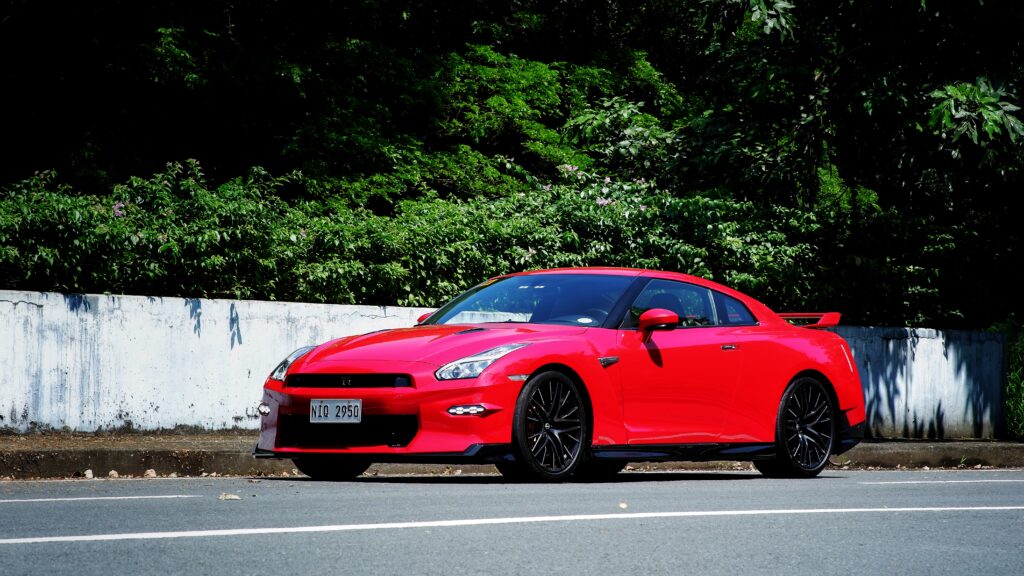
Fast forward two years and the first batch of US market GTR’s broke arrived via grey-imports. I had the chance to drive many of them in varying states of tune, from a lightly modded ~500hp variant to a fire-breathing ~800hp example extensively modified with HKS parts.
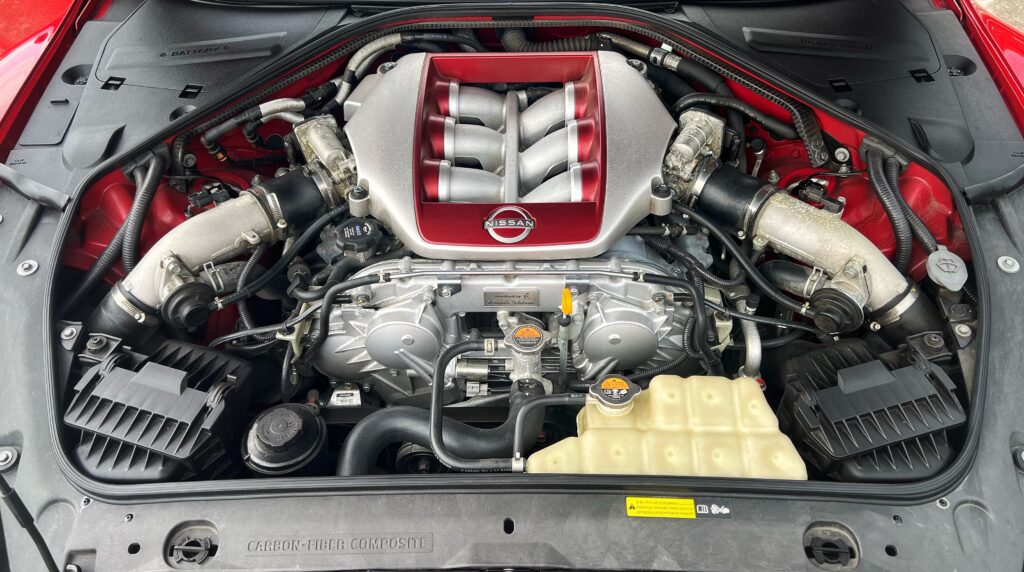
But it would be in 2015, under the new (and still current) Nissan distributor, Nissan Pilipinas Inc where I would get the chance to drive and experience an “official” GTR, thanks to the Nissan 360 Experience. After the NISMO Fest celebrations at Fuji Speedway, we got the chance to drive RHD GTR’s at Sodegaura Forest Raceway. Former NPI big boss Toti Zara confided that they had begun work to get the GTR approved for official sale in the Philippines.
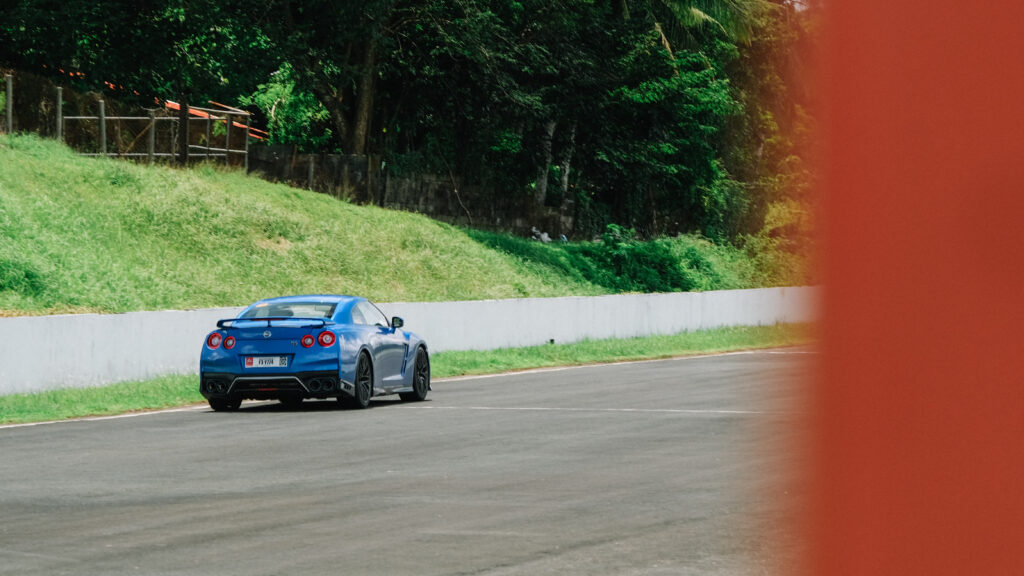
The following year, NPI invited us (while I was still with Top Gear Philippines) to drive the very first official PH market R35 GTR in Katsura Orange or Blaze Metallic Orange around Nissan’s old factory in Santa Rosa. A track day followed a few months after, where I went as fast as I could around Clark International Speedway. Since then, Nissan Pilipinas Inc has had a three other test units finished in Jetblack Pearl, followed by Bayside Blue and the last one, in Eau Rouge Red.
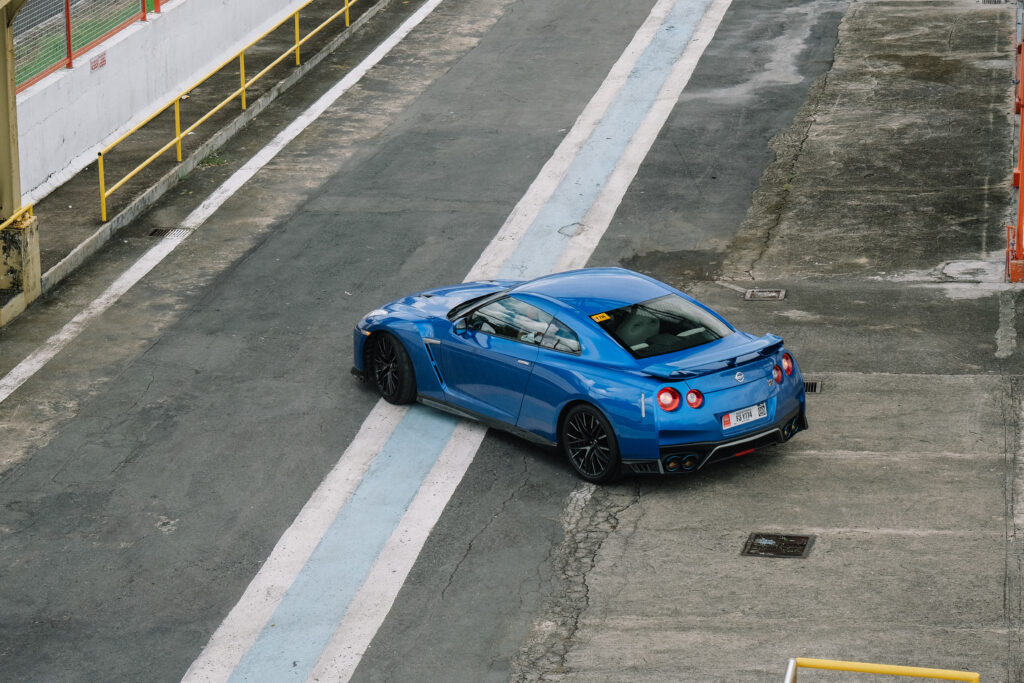
My favorite? It has to be the Bayside Blue for its history and significance, linking it closely with the previous R34 GTR . Brilliant White Pearl for the NISMO variant is a close second, white being Japan’s racing color back in the day.
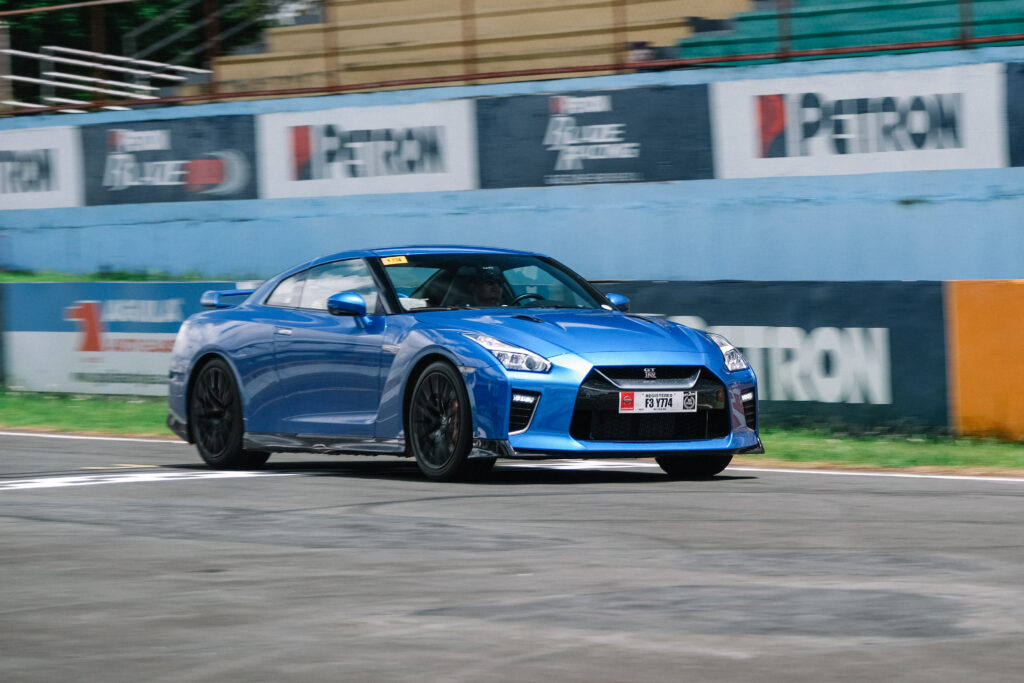
From the original 485hp and 588 Newton-Meters of torque, the indomitable VR38 peaked at 600hp and over 650 Newton-Meters of twist action. Power is sent to the rear-biased ATESSA all-wheel drive system via a 6-speed dual clutch GR6 transaxle transmission.
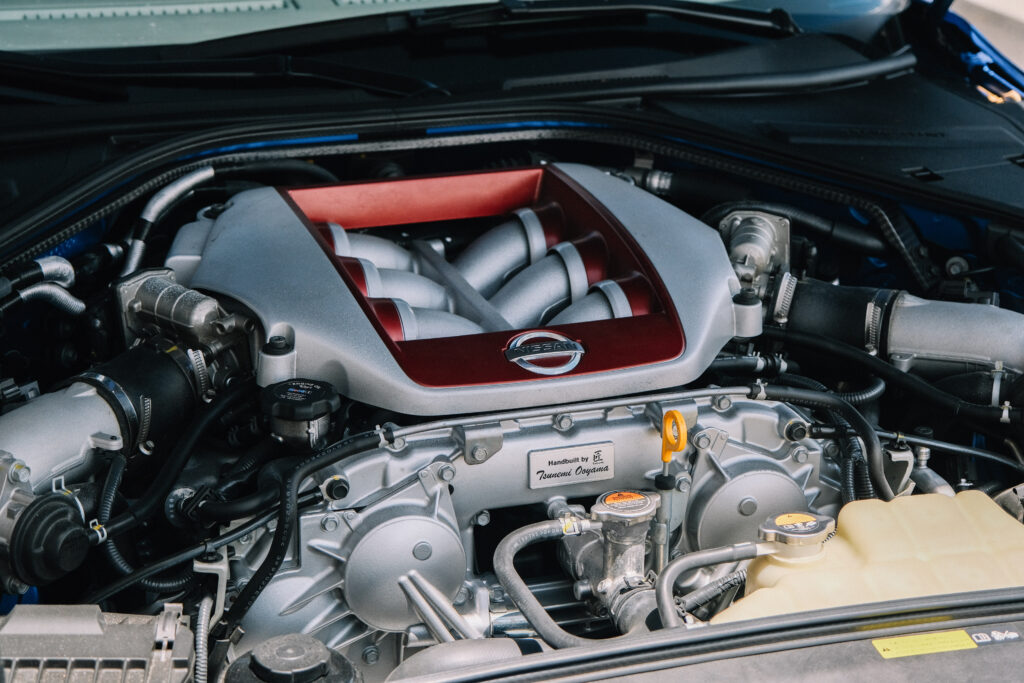
The GTR’s styling was influenced by Gundam mecha, the panels pressed four times to improve definition and sharpness.
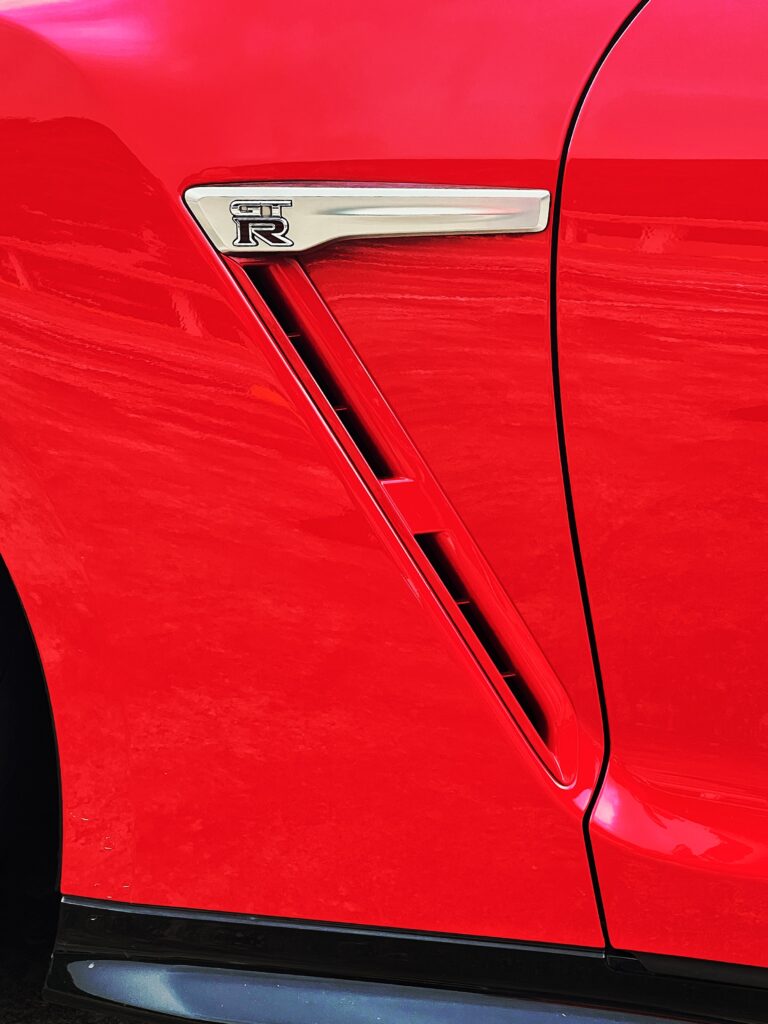
From the early model CBA to the later model DBA, changes were mild but meaningful: different front and rear bumpers, different wheels, different lights front and back and a revised interior.
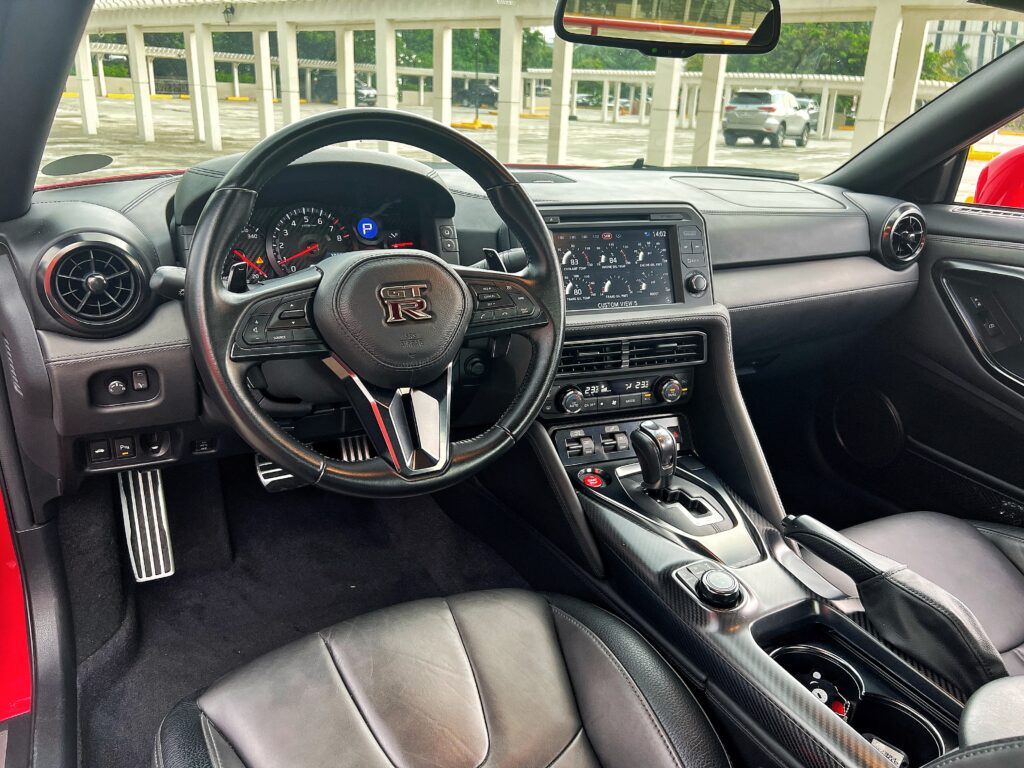
Suspension on the DBA models are stiffer according to Hiroshi Tamura, who took on the mantle of overall lead for the GTR Program. Since the DBA’s chassis is stiffer, ride improved drastically.
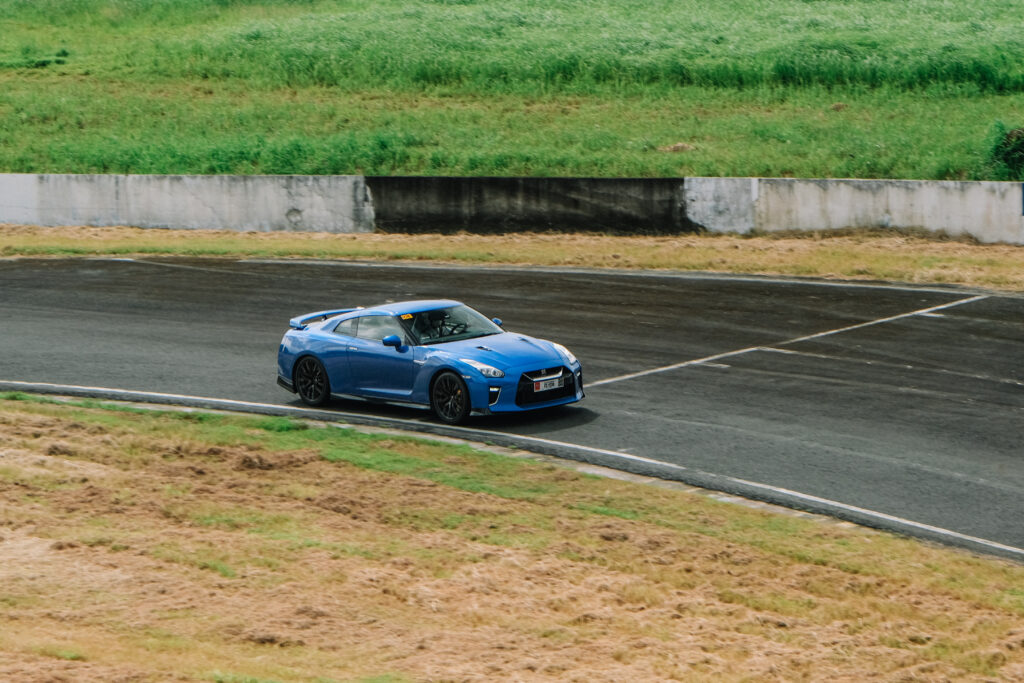
There’s also more power (480hp for the CBA to 550hp for the DBA) and slightly larger brakes up front (380mm for the CBA and 390mm for the DBA). Crucially, the DBA got revised transmission algorithm which helped smoothen low-speed, low-rpm shifts and further protected the GR6 from destroying itself with sustained track use.
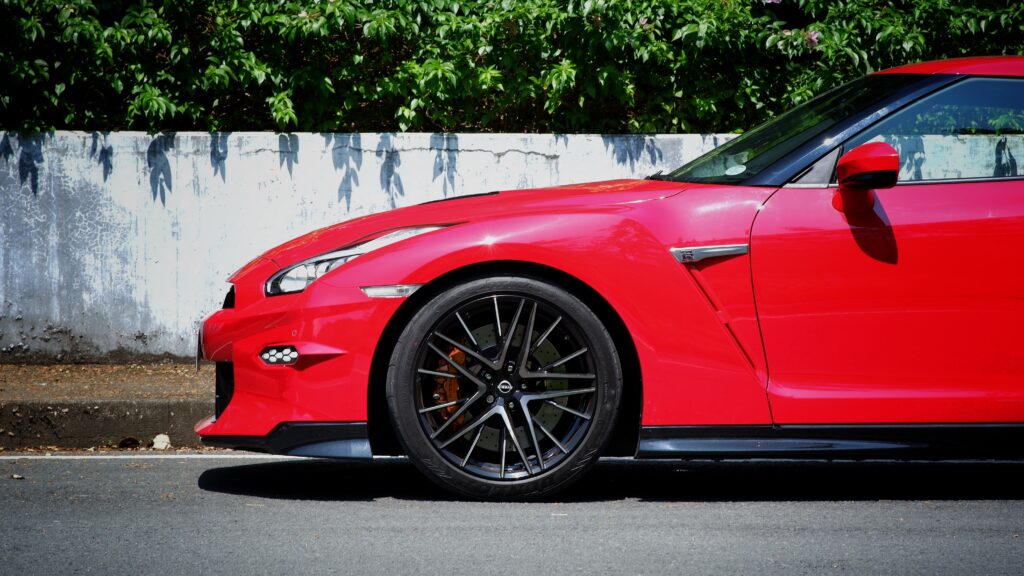
The highlight of my romance with the R35 GTR came when Tamura-san himself requested me to attend the 2020 model R35 GTR Nismo launch in mid 2019 at Lausitzring Euro Speedway right outside Berlin, Germany. That was the most intense flat-out drive of the GTR I have ever experienced, driving part of the Lausitzring’s banked tri-oval and into its road-course section flat-out for several sessions. My body almost gave out from concentration, excitement and g-force, with on-track speeds pushing 240km/h followed by heavy braking. Truly a day of days. Driving back to Berlin, I attempted to hit 300kmh on some derestricted stretches of the Autobahn but traffic kept me from doing so. The R (for Race or on-track performance) in the GTR was solidified in the Nismo.
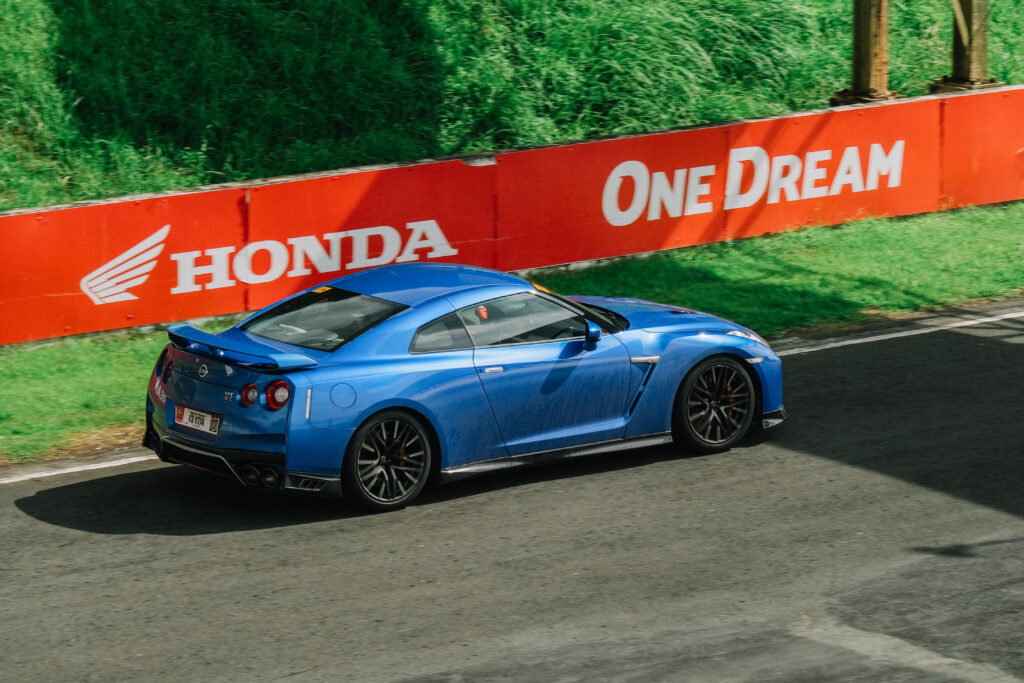
This made the GTR an ideal base for grassroots motorsports: amateur sportscar racing, drag racing, hillclimb and eventually production-based GT3 racing particularly at the famed Nurburgring VLN endurance races and the Spa 24 Hour Endurance Race, as well as Japan’s Super GT GT300 class where it ran GT3 spec GTR’s with slight modifications. Of course, in full works mode, the GTR under the factory MOTUL-sponsored Autech NISMO Team had a truly incredible run in its
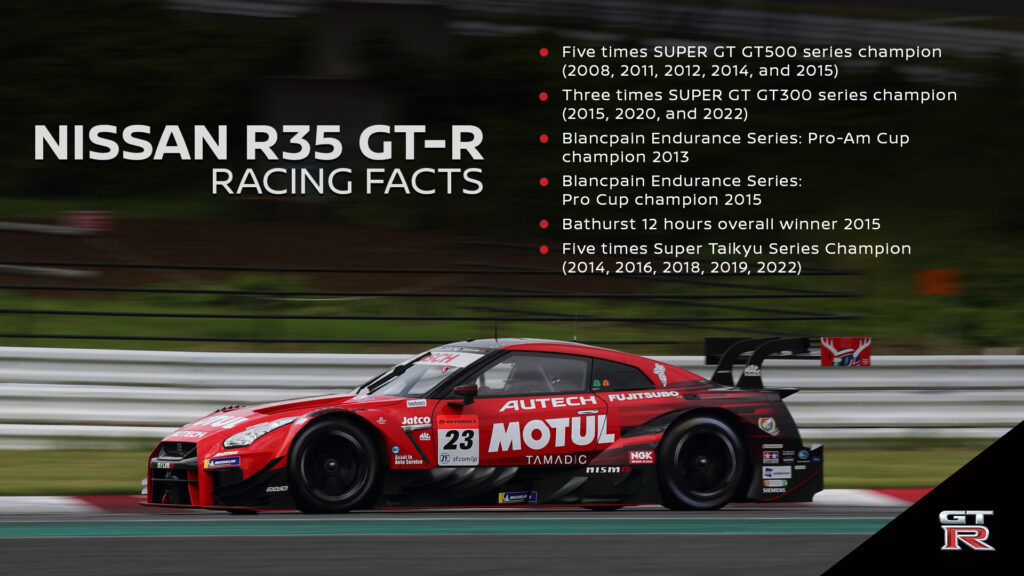
A few years later, I found myself once again driving the Bayside Blue R35 GTR, this time in Batangas Racing Circuit. It performed flawlessly and I had an amazing time, focusing on the lines, driving smoothly and the lap times came down naturally from consistent 2 minutes to 1:59, 1:58, 1:57 seconds range. And I wasn’t even going flat-out. The GTR had, through the years become easier to drive fast, less nervous and more reassuring. The GT part (for grand tourer) had finally matured.
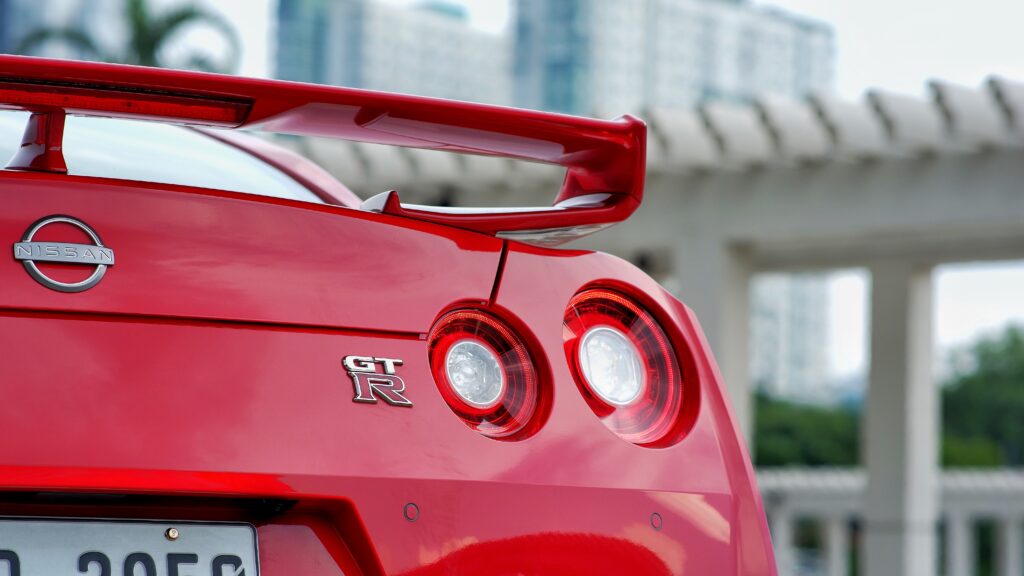
Recently, I had a chance to drive the GTR one last time. The transmission has never been smoother, the power delivery a bit more tame, comfort more so. The GTR had finally mastered finishing school. Still an amazing performer, but now showing poise, polish and manners comparable to the European elites, with no more weird quirky traits. The GTR had never been this complete and this well-rounded. And yet, its death knell had sounded, its time had come.
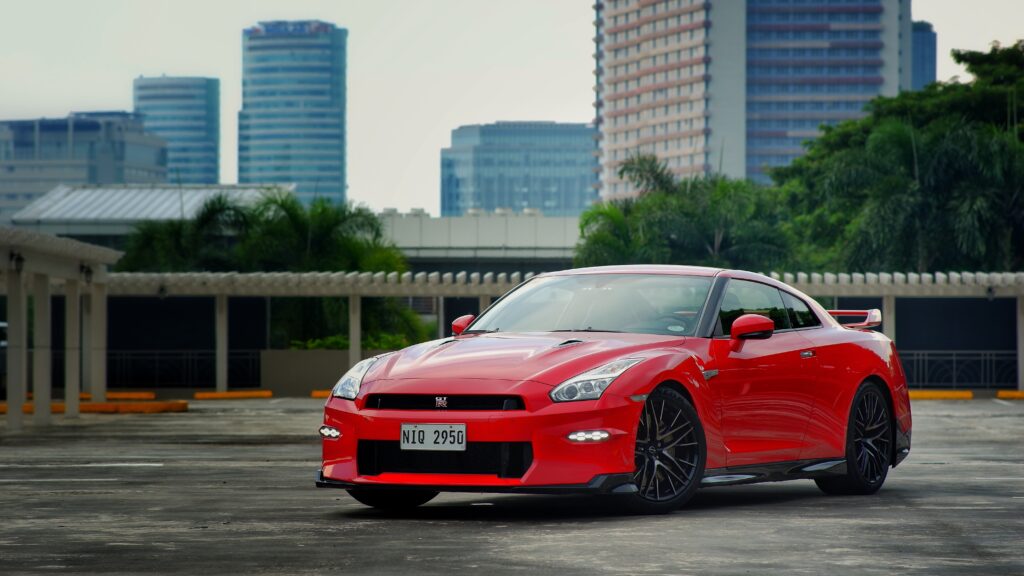
Funny that it was a red GTR that enchanted me for all its life. And yet, another red GTR came my way to say farewell. Life truly happens in cycles.
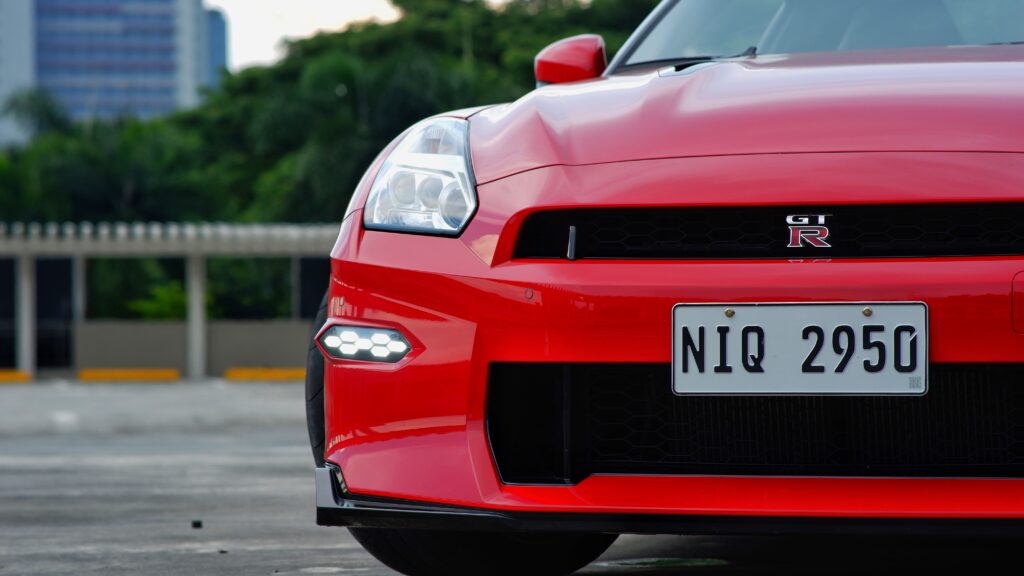
The GTR lived a total of 17 years, or almost 3 lifetimes in car terms. Many pundits would say it lived way too long, that Nissan should have replaced it sooner and so forth. But now that it’s gone, it is sorely missed.
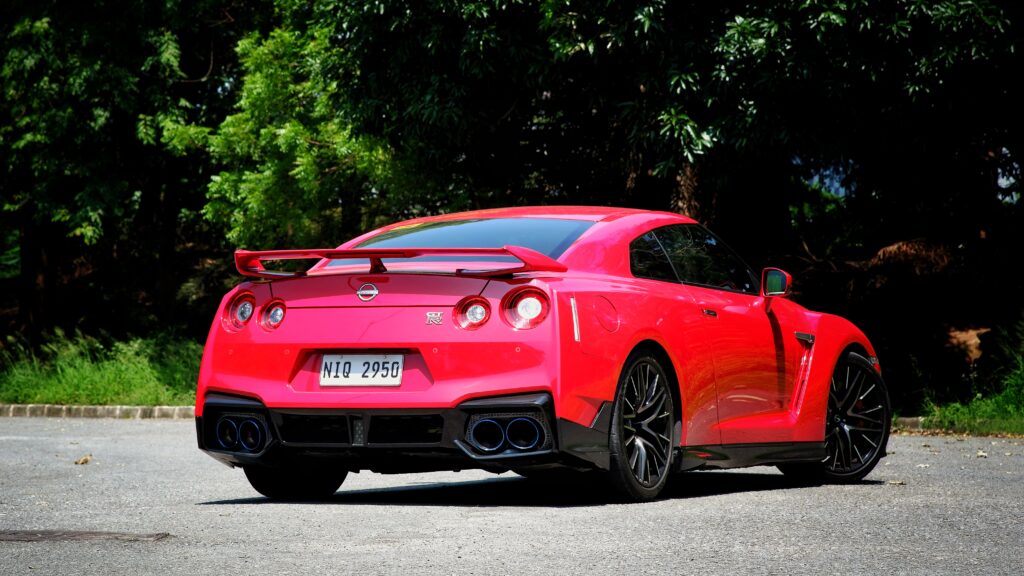
Farewell, Gojira.
